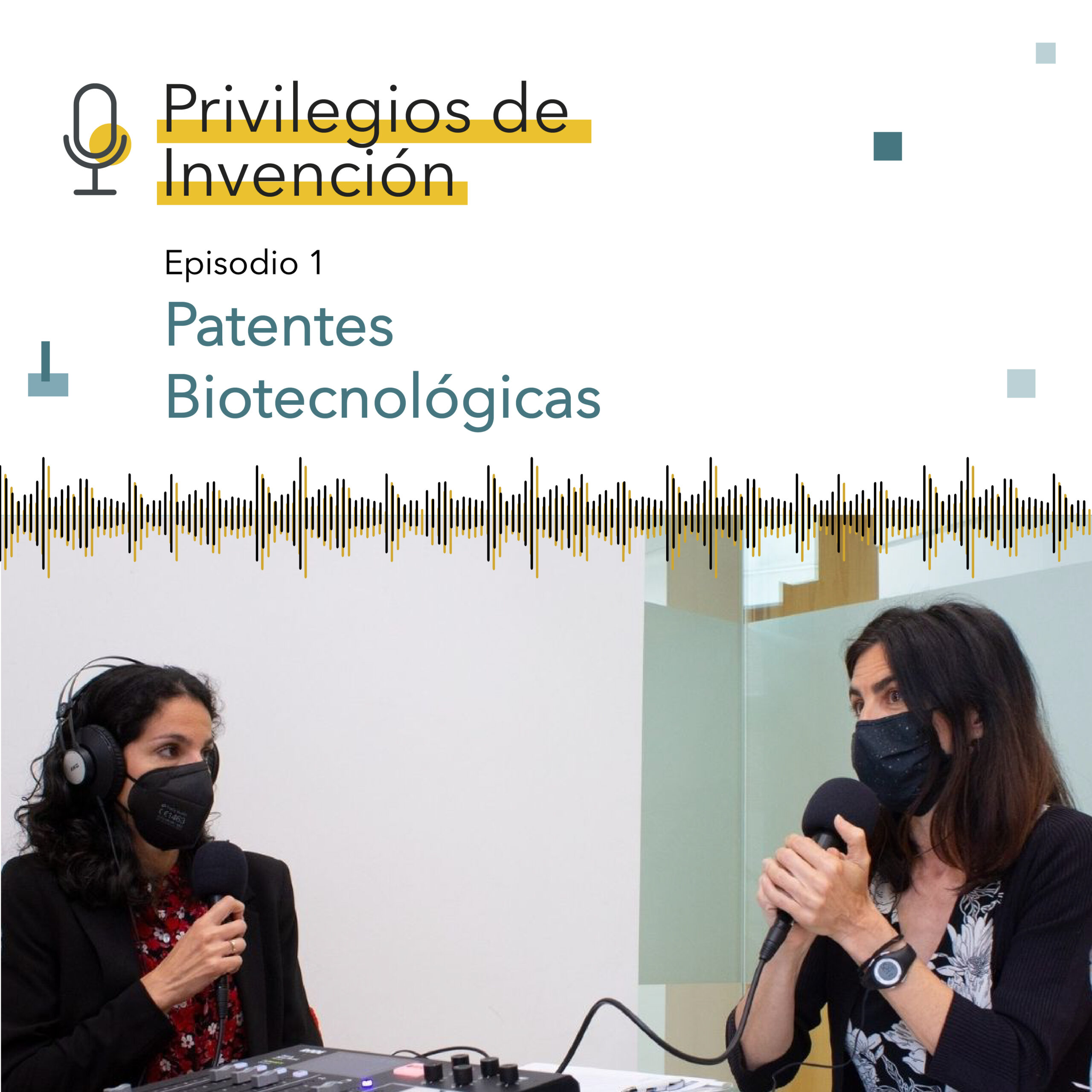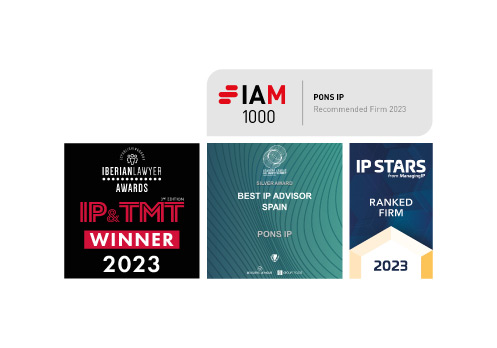The current economic climate requires constant innovative activity on the part of companies, and for this reason there can never be enough information. This is how the concept of technological surveillance came about, with the aim of controlling and anticipating any factor and/or change that may affect its competitiveness, thus reducing the risk in the strategic decision-making process.
Technological surveillance is, therefore, a high added value tool in which PONS IP participates throughout the different stages that make up its characteristic workflow, including the identification of client needs, the selection of information sources, the search on the part of specialized analysts in all technological areas, and the analysis and interpretation of the information that is finally delivered through technological surveillance reports.
Therefore, we first of all need to identify the available or newly emerging technologies capable of intervening in new processes or products. For this to be sourced, we will work mainly with scientific, technical, technological and regulatory information that is widely available in books, scientific-technical articles, congress minutes, patents, technical standards, doctoral theses, specialized publications, etc. Patents are precisely one of the most valuable sources for technological surveillance to act on, because beyond their own characteristics and those required for their granting, they contain valuable, novel, classified and structured information.
After this information has been sourced, it shall be analyzed and assessed in order to transform it into knowledge. In most cases, this information processing is presented by means of graphics and statistical forecasts, so as to serve as a starting point for any innovative action to be taken.
In this way, technological surveillance reports contain indicators that enable us to:
- Get ahead, thanks to action plans based on the relative situation highlighted with respect to the changes and expectations of changes in the environment analyzed.
- Make the most of opportunities through the use of identified benefits.
- Reduce risks, as they can diminish the threats or overcome the barriers of access to technologies and/or markets.
- Identify lines of improvement and actions needed to overcome discrepancies and minimize identified weaknesses. The identification of these signs of weakness may constitute opportunities in new technological environments and/or markets for the organization, or may lead to the abandonment due to lack of interest of some environments currently considered. The data on the environments of interest are the key to decision-making, containing information about: Technological and/or market opinions, impacts and interactions between technologies, products and processes, expectations for the evolution of technologies, investment and marketing opportunities, and/or social trends.
- Identify new ideas and/or R&D+i projects that may result in innovation for the Group.
- Identify potential partners.
PONS IP’s experience in consulting and IP management, together with the flexibility of this type of reports enables us to offer a wide range of technological surveillance services according to the client’s needs, which include:
- – Licensee Reports, which aim to identify licensing opportunities for a patent portfolio. In this way, inventions that have aroused the greatest interest and the person who invented it can be identified from a company’s patent portfolio. On the other hand, by analyzing which patent applications are included in their prior state-of-the-art reports (EPs or PCTs), a certain document such as X or Y can be identified as especially high potential inventions, suggesting that this document could potentially be of interest to applicants of such patent applications. Additionally, we do a search per technological environment to identify the main applicants in the area as well as a portfolio strength analysis to identify the strength of the patents open to licensing.
- – Prior state-of-the-art report. Its purpose is to provide a snapshot of the prior technique for an invention. We focus this type of report on a search from an area of special interest to the client or on a specific invention. We deliver a document indicating the subject matter of the study, the search strategy, as well as a report with the results. In addition, this type of report can be accompanied by a card with graphics with the most relevant indicators (evolution, applicants, geographical areas…), depending on the volume of the results. We also offer a periodic alert service for the search, sending the client a document with the latest updated results.
- – Alerts, whose purpose is to keep our clients informed of changes in their patent field.
- – Competitor report (Benchmarking). This type of report analyzes the competitive landscape within a technological field, trying to answer questions such as: ‘Who are the players in a technological field?’ What technologies are they interested in? Where might there be opportunities for growth?
- – Marketing Reports, where we identify market trends in research within a technological field. We offer this type of report when our clients are hesitant to invest in a particular line of research, responding to their concern about whether ‘there is a market’, and reducing the level of uncertainty in decision-making.
- – Competitor Portfolio Analysis (Due Diligence) for Strategic Acquisitions. When our clients are looking for a company or a patent portfolio to acquire, and need an efficient assessment of the technology they are acquiring, as well as verifying the geographic scope of a portfolio they are acquiring, we help them validate and analyze the patents involved in the transaction.
- – Own portfolio analysis report. Enables clients to keep up to date with the status of their applications/patents and to identify which are most problematic, as well as locate abandoned technology and other trends in their patent portfolio.
- – Custom technological reports. Using patent intelligence, a ‘custom report’ is prepared, comprising indicators that may be of interest to the client, thus favoring strategic decision-making in the field of R+D.
In conclusion, the technology surveillance reports resulting from a technological surveillance process are working tools at the service of decision-making, where each report must contain a systematic and continuous emptying of information sources, taking into account that such sources must be selected to cover any aspect that concerns the topicality of the technology to be monitored.
Isabel Marco Martínez. Patent Department&, Biotechnology Area, Pharmacy and Chemistry, PONS IP.




